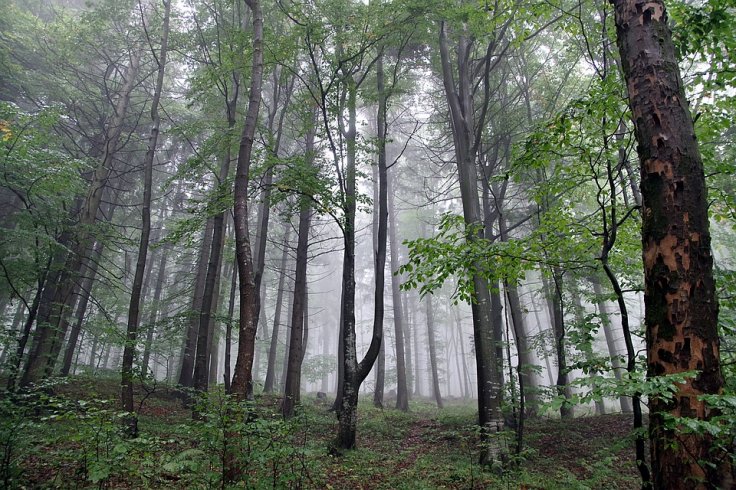
The Union Environment Ministry has come up with a new forest policy that focuses on climate change mitigation and reducing threats like wild fires, encroachment and man-animal conflict.
The draft National Forest Policy 2018 -- which aims to replace a 30-year-old forest policy -- tends to address issues that have emerged over a period of time, including increasing public-private partnerships.
Pointing out to the "continuously declining investments in the sector", the draft also touches the lack of a "pan-country reliable and compatible data in the forestry sector", which it says are the challenges facing forest management in the country.
The draft dated March 14 invited comments and suggestions from stakeholders in a month.
The Ministry said that while the earlier 1988 policy had helped increase forest cover and cut forestland diversion despite compelling demands from the increasing population, the new policy is required to address the low quality of natural forests, climate change, human-wildlife conflict, water crisis and air and water pollution.
The total forest cover in India at present is 708,273 square km, which is 21.54 per cent of the country's geographical area. The tree cover is estimated to be 93,815 sq km, which is 2.85 per cent.
Between 2007 and 2016, there were as many as 310,867 fires across major forest areas.
The draft calls for mapping vulnerable areas and develop early warning systems and methods to control fire through remote-sensing technology and community participation.
Realising that human-wildlife conflict has also increased, the draft policy talks of empowering forest-dependent communities by managing forest-based industry and non-timber forest produce (NTFP) to increase their income and generate more employment.
It also talks of meeting India's goal of creating addition carbon sink of 3 billion tonnes by 2030 through additional green cover.
"Integrate climate change mitigation and adaptation measures in forest management through the mechanism of REDD+ (Reducing Emissions from Deforestation and Forest Degradation plus) so that the impact of the climate change is minimised," reads the draft policy.
"NTFP such as medicinal and aromatic plants, oil seeds, resins, fibre, bamboo, grass provide sustenance to forest-dependent communities. Such produce should be managed to ensure increased employment and income opportunities for the local communities," says the draft, adding that a value-chain approach would be made compulsory and part of the business plans related to NTFP.
Protection and enrichment of dense forests will be a top priority, the draft asserts.
To increase the tree cover outside forests, the draft proposes incentivising agro-forestry and farm forestry, facilitating assured returns with enabling regulations and by promoting use of wood products.
For the hills and mountainous regions, the draft aims to maintain two thirds of the area under forest and tree cover to prevent soil erosion and land degradation.
Speaking of conflict, one of the major threats emerging across the country, the draft has special proposals.
"Human-wildlife conflicts have escalated over the years due to a combination of factors related to habitat and population of certain wildlife species within and outside forests."
The draft proposes assessment of the human-wildlife conflicts and implementing a state-level strategy to tackle it.
It also proposes dedicated and well-equipped quick response teams with health and veterinary services for speedy assessment of damage and quick payment of relief to the human victims, to minimise conflicts with the wildlife.








